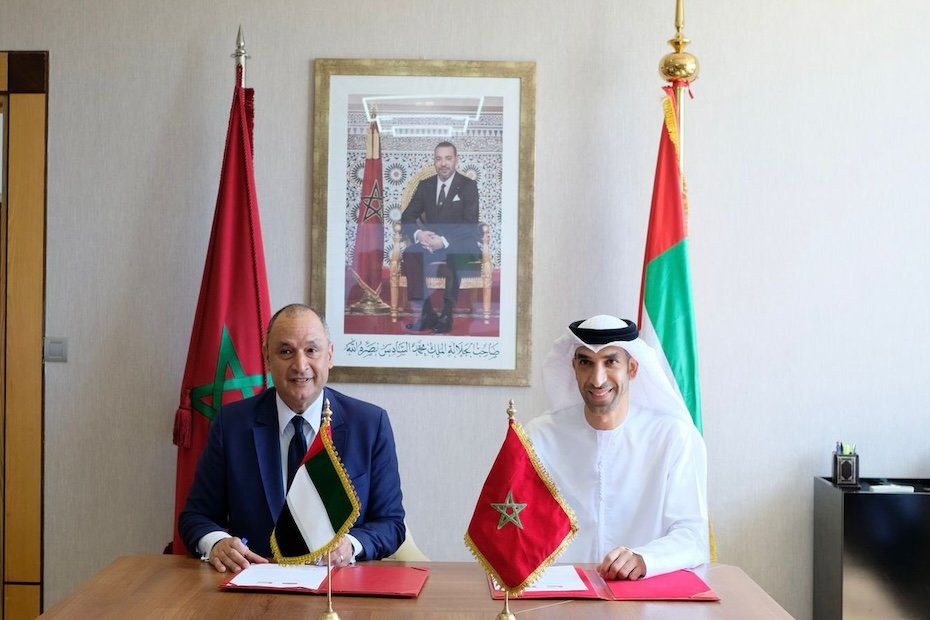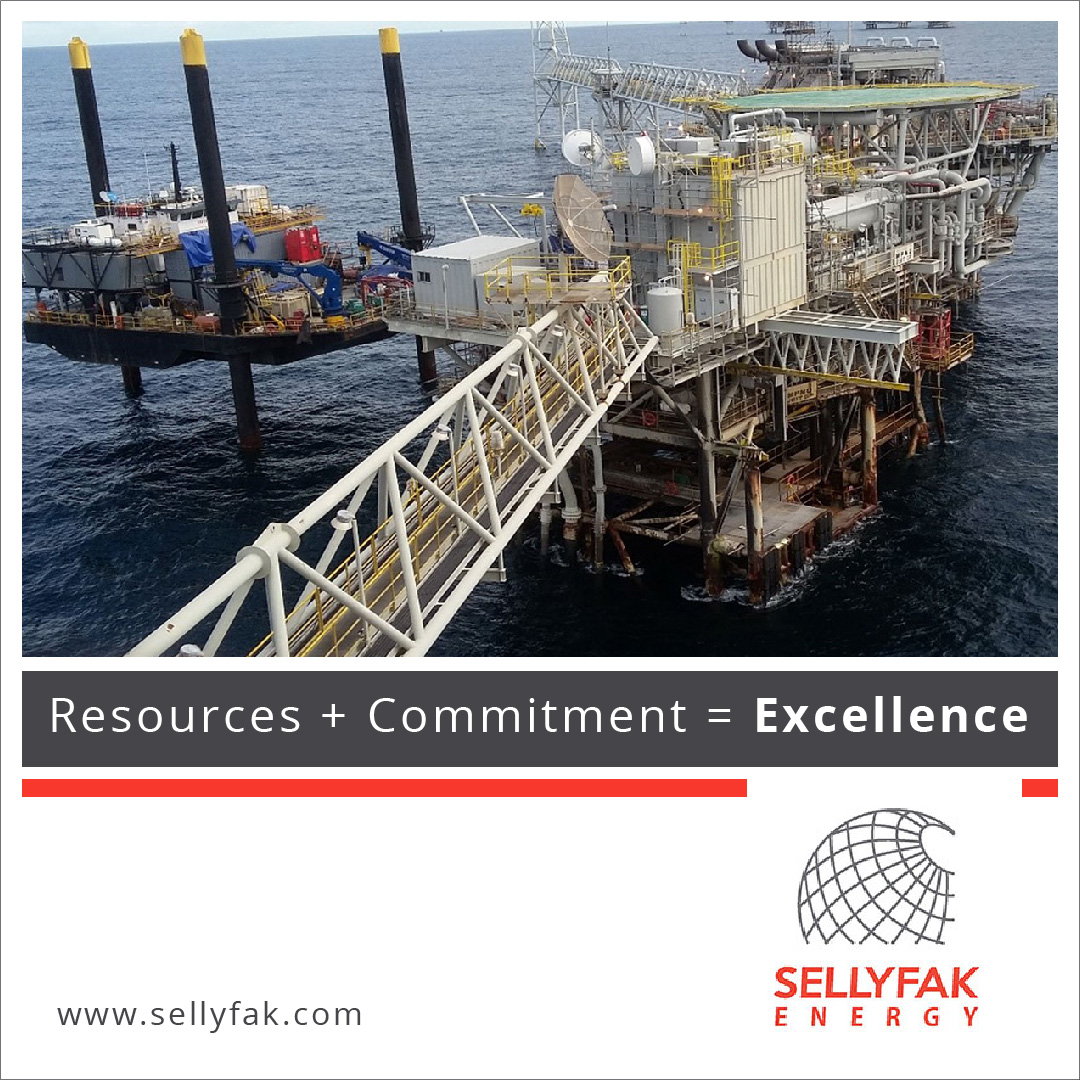Morocco and the United Arab Emirates have signed a $14 billion investment deal covering water security and renewable energy mastery.
The deal also includes the construction of a 1,400 km electricity superhighway, four desalination jewels, and the provision of 25,000 employment opportunities.
This deal which is the largest private investment in Morocco’s modern history promises to permanently alter the country’s water and energy sector as well as reshaping its infrastructure landscape.
Terms of the Agreement
The agreement binds Morocco’s government and the National Office of Electricity and Drinking Water (ONEE) with a consortium including: the Mohammed VI Investment Fund, TAQA Morocco (the local subsidiary of Abu Dhabi’s energy colossus), and Nareva (the energy arm of the royal holding Al Mada).
The central project is a 1,400-kilometer high-voltage transmission corridor stretching from Western Sahara to Casablanca, complemented by a network of sophisticated seawater desalination facilities.
The deal comes just five months after Moroccan leader, King Mohammed VI’s private visit to Abu Dhabi and 18 months after his official state visit to the UAE.
Details of Projects
The water security project consists of a network connecting the Sebou and Oum Rabia river basins, engineered to channel 800 million cubic meters of water annually across thirsty territories.
The first phase of water transfer between the Sebou and Bouregreg basins became operational in August 2023, successfully diverting approximately 350 million cubic meters to the Sidi Mohammed Ben Abdellah dam, critical for supplying drinking water to the Rabat region.
In Tangier, a 50-million-cubic-meter annual capacity station is being set up while in Nador, a 300 million cubic meters capacity station will serve the region
These desalination facilities in addition to other such facilities all engineered to operate exclusively on renewable energy, will collectively produce 900 million cubic meters of water annually.
There is also the construction of a high-voltage direct current (HVDC) electricity transmission network spanning 1,400 kilometers between Morocco’s southern territories and its central economic hub.
This “electricity highway” will connect Dakhla to Casablanca with a 3,000 megawatt capacity, dramatically strengthening energy distribution capabilities in the country.
This will be powered by 1,200 megawatts of fresh renewable capacity, predominantly harvested from the sun-drenched southern provinces.
The Tahaddart complex, a gas-fired installation will also see its capacity quadrupled through new combined-cycle units, elevating its total output to 1,500 megawatts.
This projects is set to provide over 25,000 employment opportunities through construction and operation, with 10,000 permanent positions taking root after commissioning.

